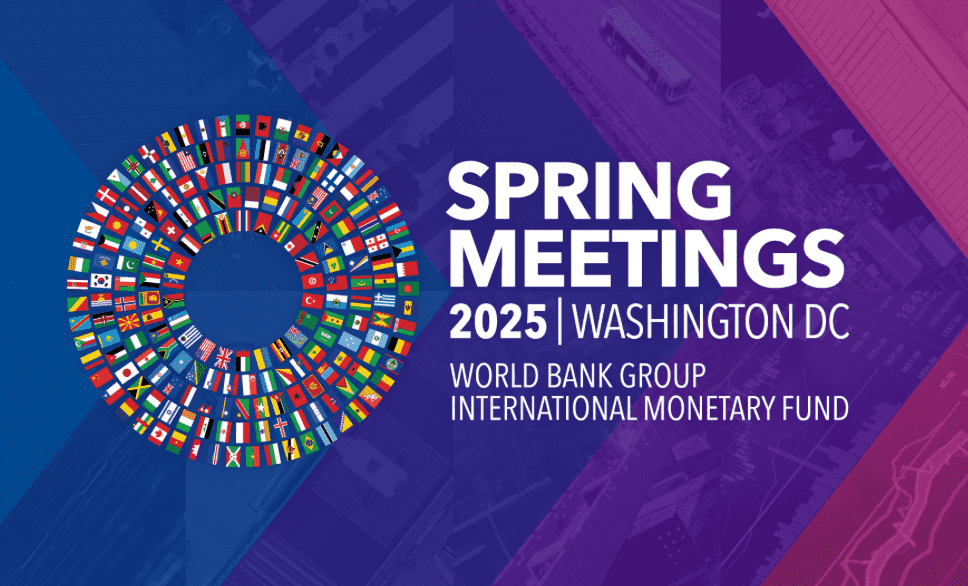
Geneva, Switzerland (Enmaeya News) — As artificial intelligence reshapes economies and workplaces worldwide, achieving gender parity in AI and STEM fields is emerging not just as a social imperative but as a strategic economic necessity, according to a new white paper from the World Economic Forum (WEF).
The report, titled Gender Parity in the Intelligent Age and published in collaboration with LinkedIn, outlines how more inclusive talent pools—specifically greater female representation in AI-related roles—translate into stronger innovation, higher productivity, and sustainable economic growth.
“Closing the gender gap in the intelligent age is critical for companies and nations to remain competitive and innovative,” said the WEF. “The economies that harness the broadest and most diverse talent, including more women in AI and STEM, will unlock wider growth opportunities.”
The paper highlights encouraging progress: Between 2018 and 2025, 74 of 75 analyzed economies made strides toward narrowing the gender gap in AI talent. However, women still make up less than one-third of the global STEM and AI workforce, with steep drop-offs at career entry points and senior leadership positions.
Women also face unique challenges as generative AI (GenAI) disrupts many jobs. The report finds women are more likely to hold roles vulnerable to displacement by AI rather than those augmented by it, raising concerns about equitable workforce transitions. It recommends urgent investments in upskilling and reskilling aimed at bridging these gaps and enabling women to move into higher-growth, AI-augmented roles.
Moreover, the paper cautions that AI-driven hiring and performance evaluation tools must be carefully designed to avoid reproducing existing gender biases. Transparent, fair AI recruitment and promotion practices are essential to expanding women’s opportunities and enhancing workforce diversity—a key driver of business innovation and resilience.
The report also examines regional disparities in AI innovation. Patent filings and female innovation leadership are heavily concentrated in Eastern Asia—particularly China—Northern America, and Europe. Female inventors and leaders remain scarce in many other economies, spotlighting the need for more inclusive global innovation ecosystems.
Policy and industry leaders must align their strategies to embed gender parity in AI talent development and deployment, the WEF urges. “Inclusive AI ecosystems can unlock broader talent pools, boost innovation, and ensure economic benefits are shared widely,” it states.
In parallel, the WEF’s Global Gender Gap Report 2025 underscores the slow pace of overall gender parity, now 68.8% closed globally, with full parity still an estimated 123 years away. Political empowerment and economic opportunity gaps, in particular, remain significant, despite near-parity in education and health.
Top performers in gender equality include Iceland, Finland, Norway, the UK, and New Zealand—all exceeding 80% closure—yet no country has achieved full parity. Encouragingly, countries across all income levels, such as Bangladesh and Mexico, have made rapid gains in recent years.
Together, these reports place gender equality at the heart of economic strategy in the intelligent age. They call for bold action to reskill workers, eliminate algorithmic biases, support women’s leadership in tech, and foster cooperation on inclusive innovation.
Failure to close this gap risks economic drag and widening inequalities, while success promises stronger, fairer growth and greater resilience worldwide.





